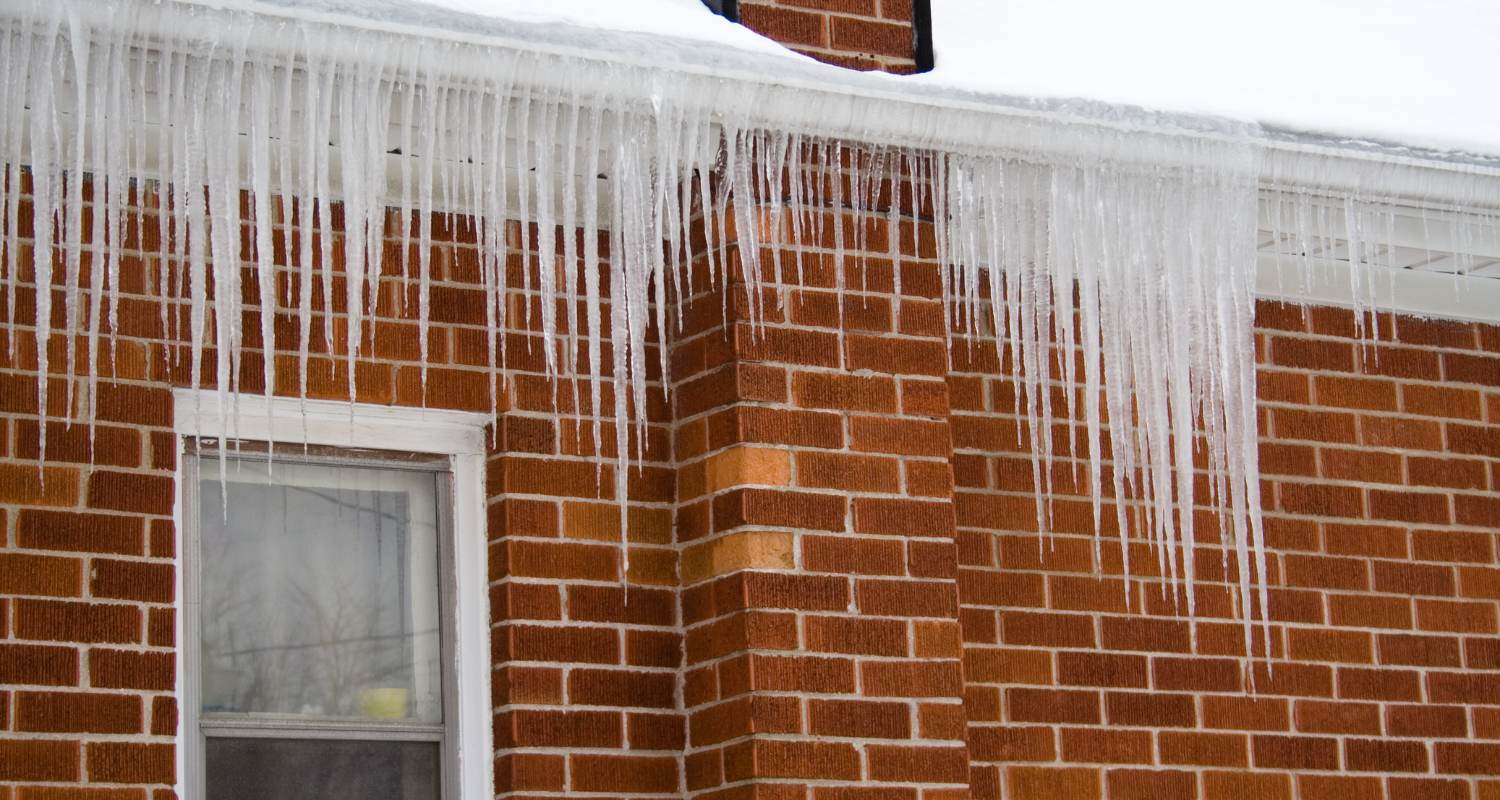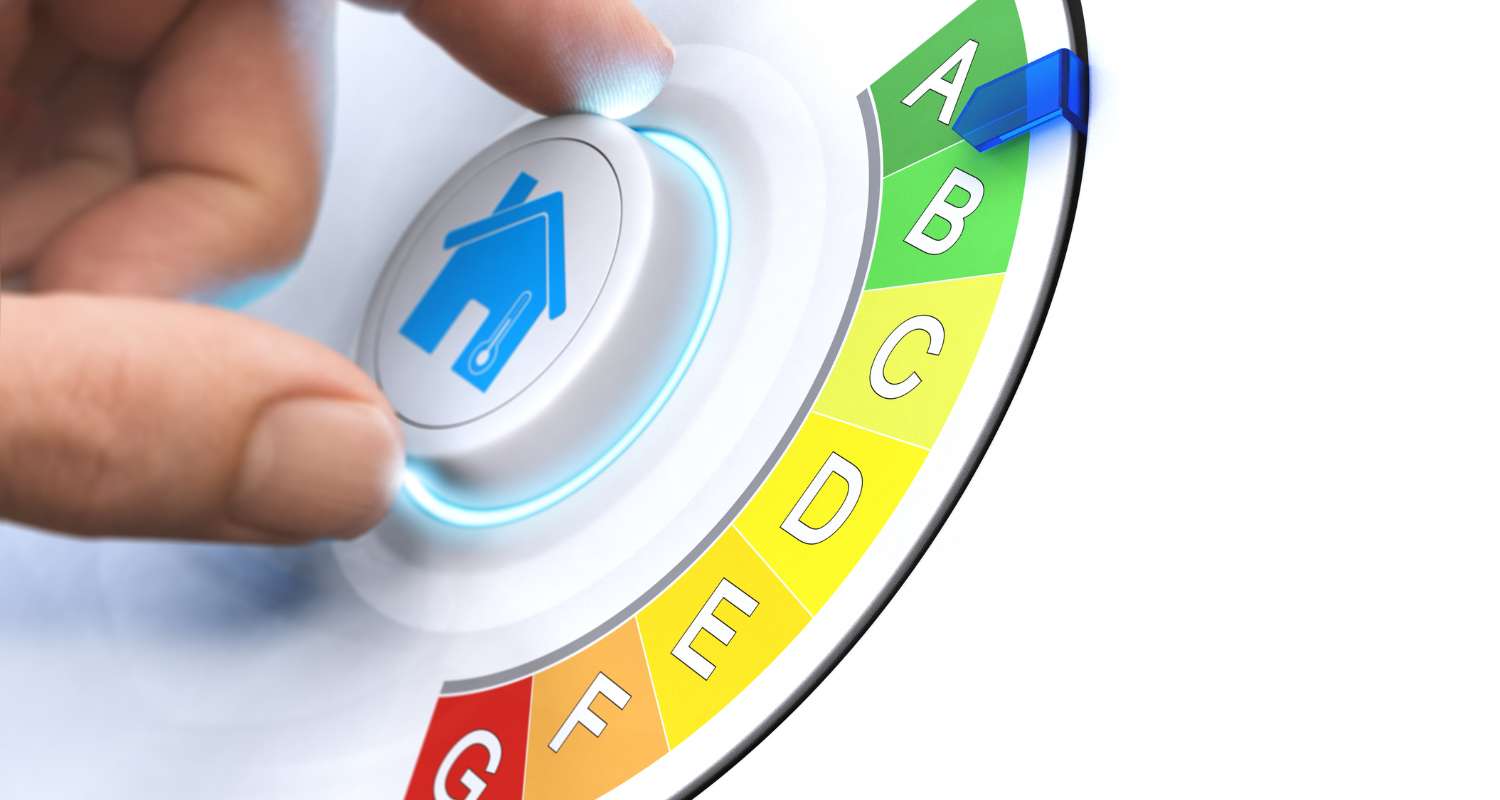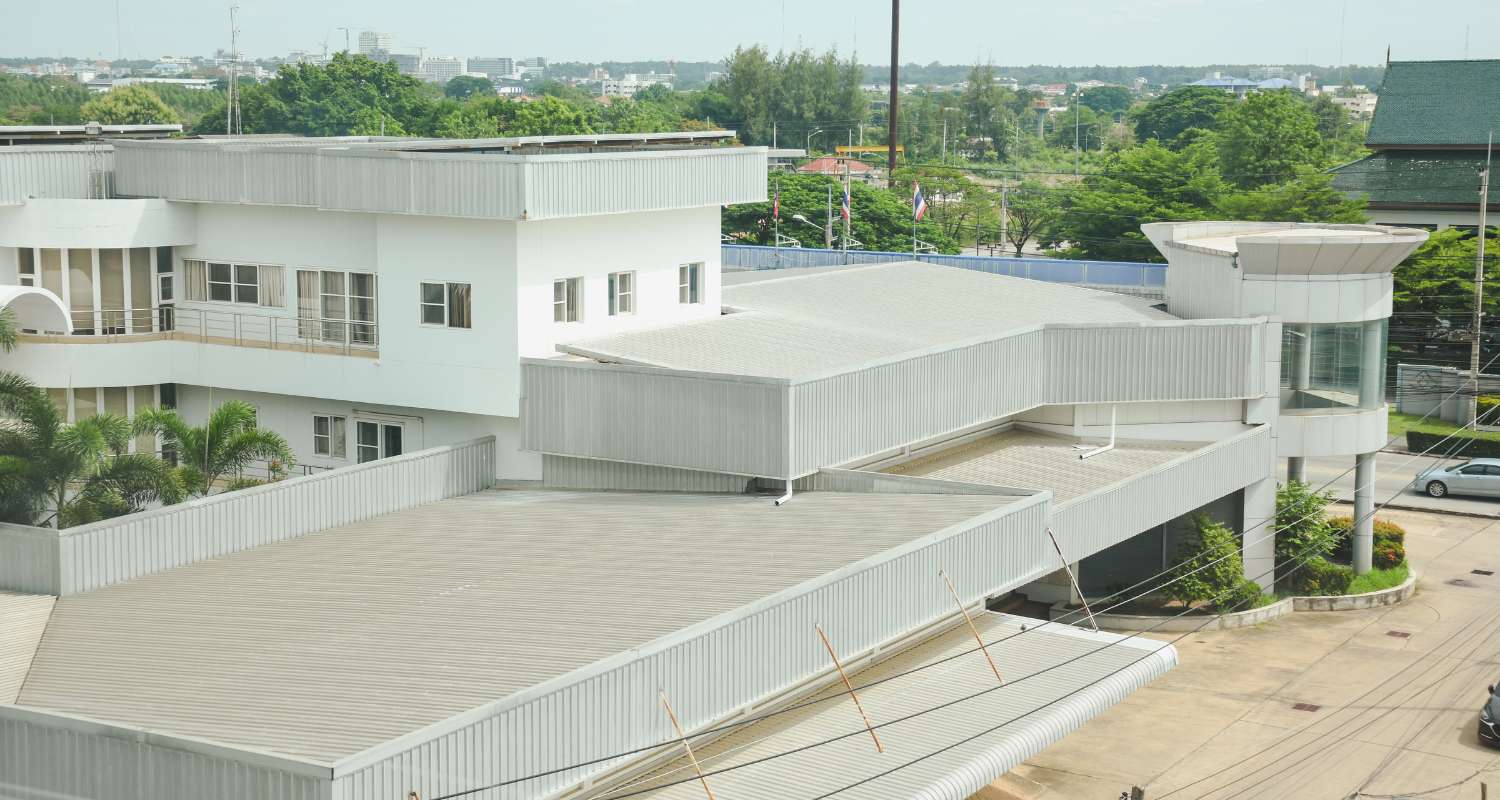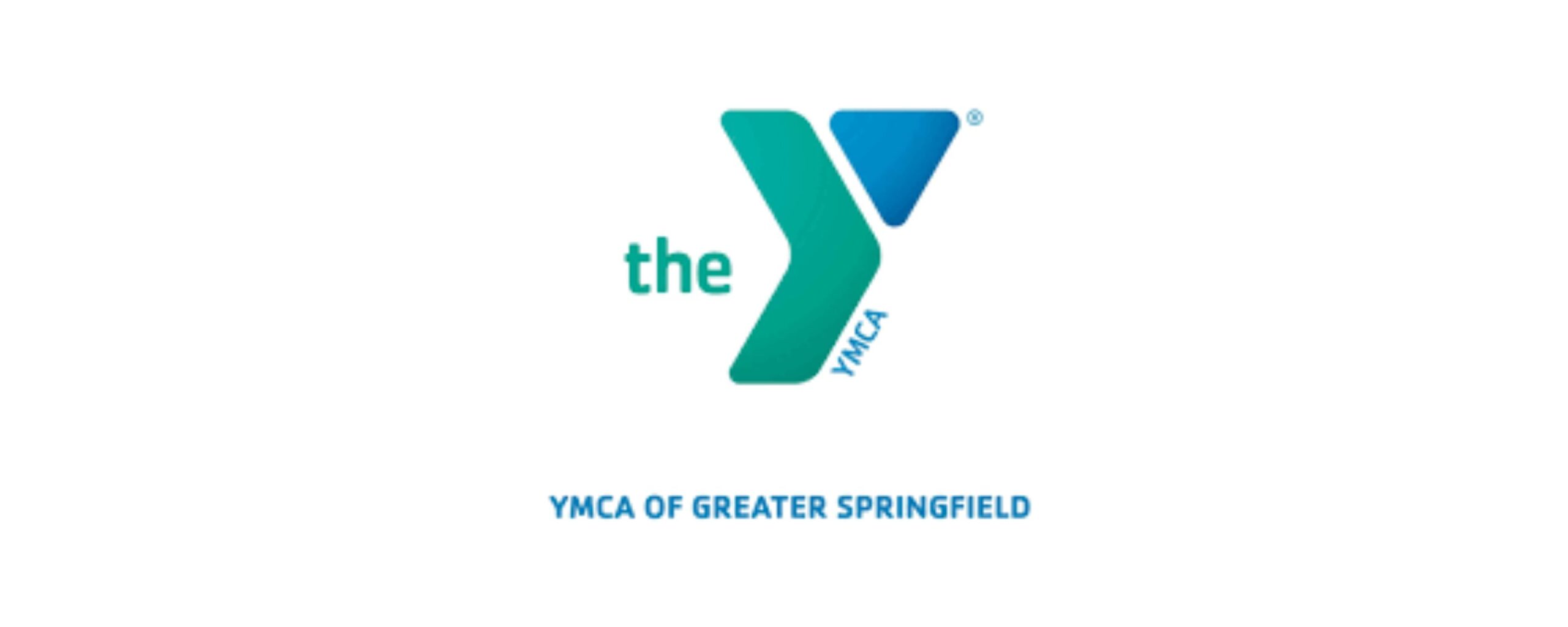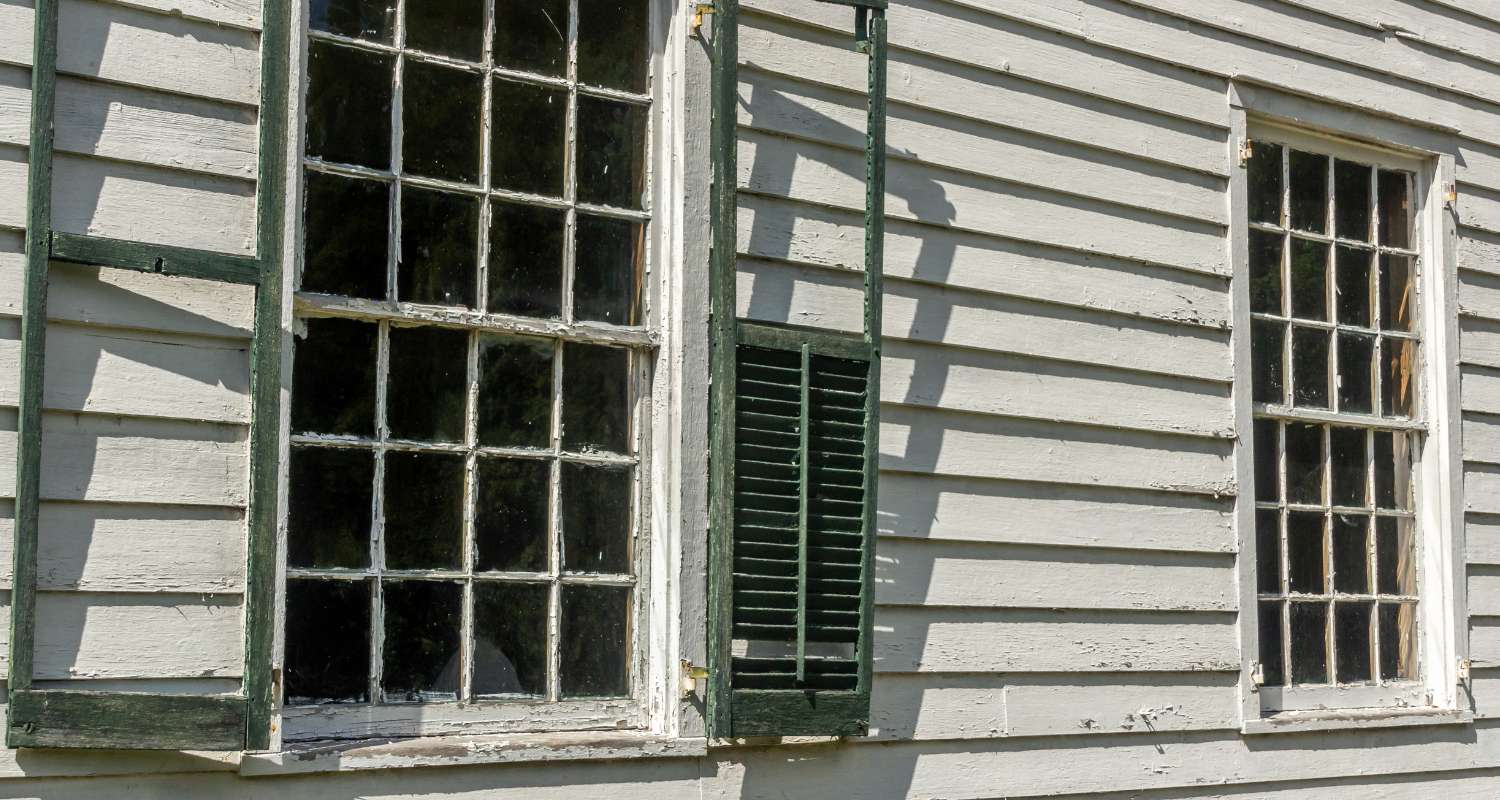A sturdy and well-maintained roof is essential for both residential and commercial buildings. It serves as the primary defense against environmental elements, protecting your investment from damage while ensuring the safety and comfort of those inside.
The roof is critical in shielding your property against the elements, enhancing the building’s energy efficiency, and significantly boosting property value. Deciding whether to repair or replace your roof involves weighing various factors to maximize your investment and avoid additional costs.
At Adam Quenneville Roofing & Siding, we can provide an overview of the key indicators and considerations that can help you make an informed decision between roof repair and replacement. Learn more about roof longevity below. Then, contact us for all of your quality roofing needs. What do you need to know about roof repair vs. replacement?
Signs That Your Roof May Need Repair or Replacement
Visible Roof Damage
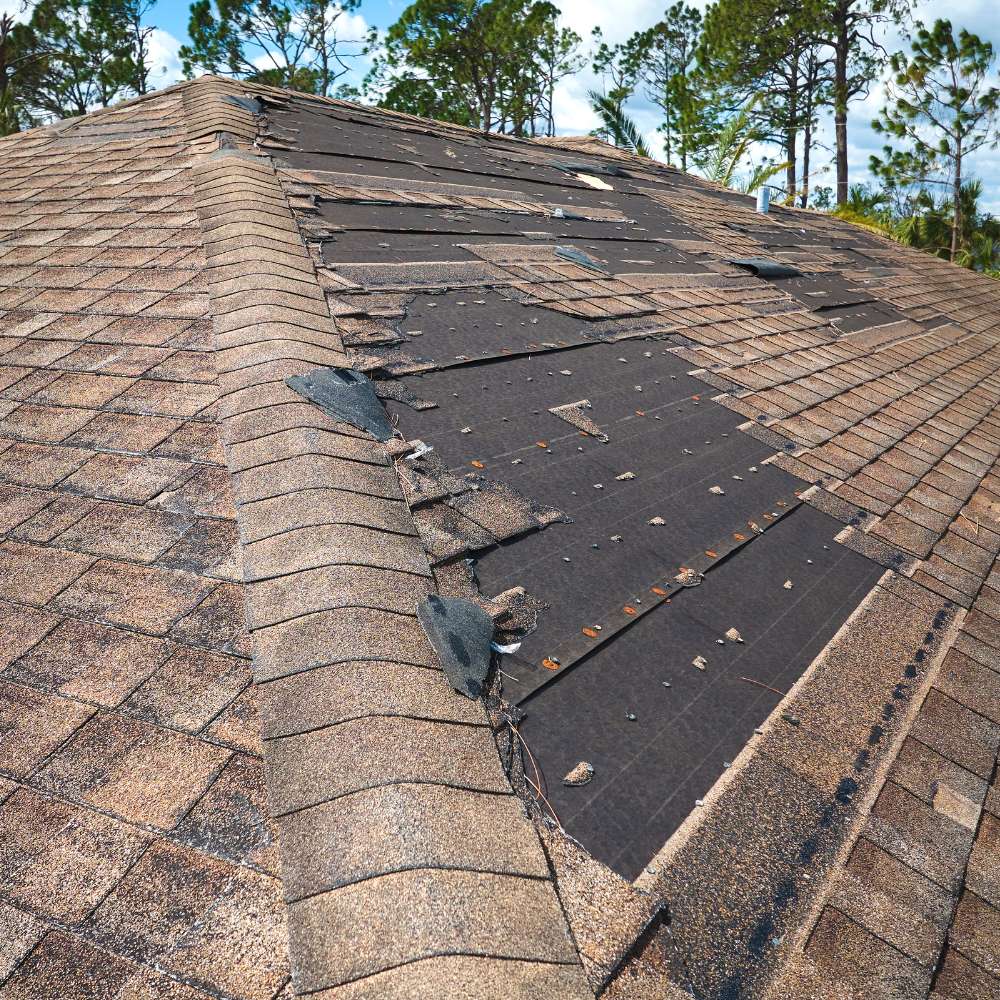
If you notice cracked, curled, or missing shingles, it’s a clear sign that your roof requires attention. These conditions allow water infiltration, leading to more extensive internal and external damage.
Water stains or leaks on interior ceilings and walls are serious indicators that your roof’s integrity is compromised. These symptoms suggest immediate action is necessary to prevent further damage to your home’s structure and interior.
Age of the Roof
The typical lifespan of a roof ranges from 20 to 30 years, depending on the materials used and the area’s climate conditions. A roof nearing this age range may be at the end of its effective life and could require a comprehensive evaluation to determine if repair or replacement is the best course of action.
If your roof is approaching or has surpassed its expected lifespan, it’s wise to start considering replacement options. Aging roofs may fail to protect your home adequately, leading to greater vulnerability to weather and potential damage.
Granule Loss
Over time, asphalt shingle roofs begin to lose their granules, which can be seen accumulating in gutters or downspouts. This loss exposes the asphalt coating, accelerating the wear and tear of the shingle.
Granule loss diminishes a roof’s ability to shed water effectively, making it more susceptible to water damage. If you notice significant granule loss, it’s a sign that your shingles are nearing the end of their useful life.
Moss or Algae Growth
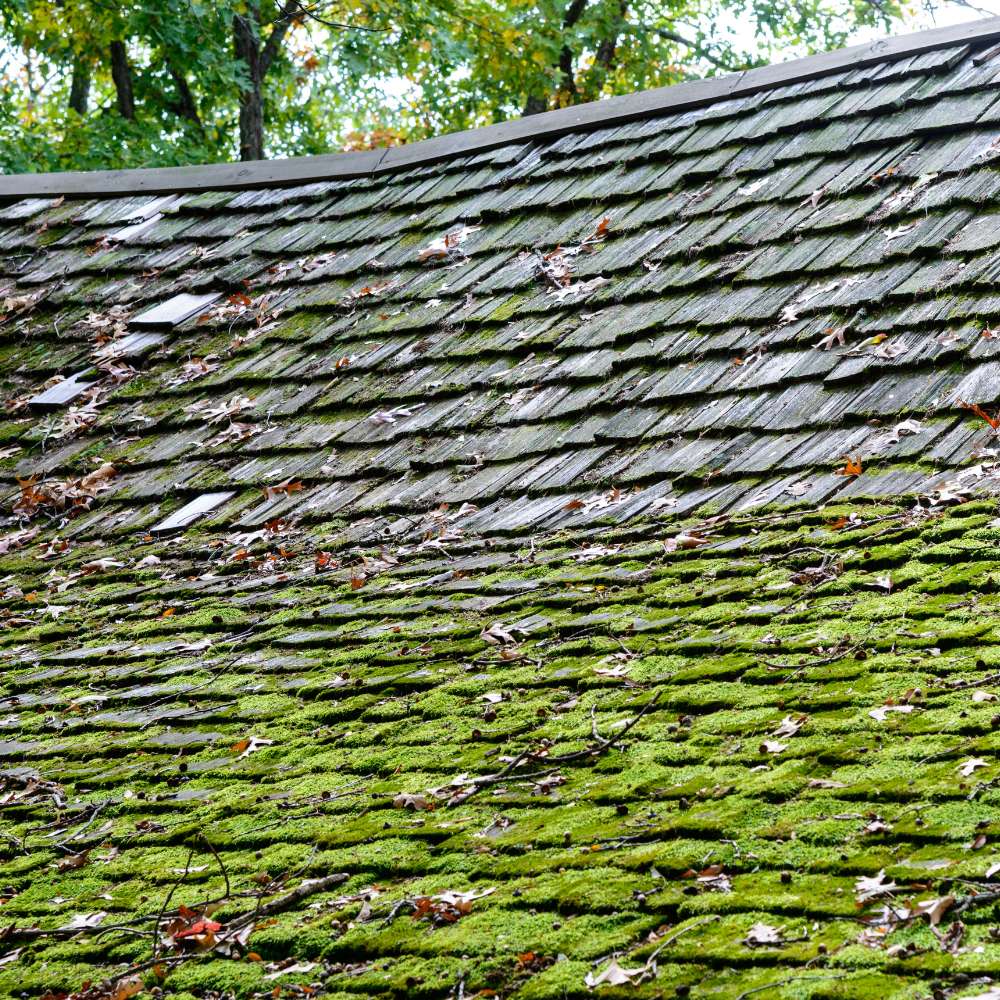
The presence of moss or algae on a roof isn’t just a cosmetic issue—it indicates moisture retention, which can lead to underlying damage if not addressed. While moss or algae growth is not always a sign of immediate danger, it can deteriorate roofing materials over time if left unchecked.
Managing moss or algae early can prevent them from causing long-term damage to your roof, thereby extending its lifespan and maintaining its effectiveness.
Sagging or Buckling
Sagging or buckling can be a sign of structural issues, poor installation, or inadequate attic ventilation. These symptoms often indicate serious problems that could compromise the safety of your entire roof.
Structural concerns such as sagging or buckling require immediate attention. Delaying repairs can lead to severe consequences, including potential roof collapse.
Roof Repair vs. Roof Replacement: Factors to Consider
1. Age and Condition of the Roof
Newer roofs with minor damage, such as a few missing shingles or minor roof leaks, can often be effectively repaired. This approach is cost-effective and can extend the life of your roof without the need for a full replacement.
Older roofs or those that exhibit widespread damage or ongoing issues may require replacement. In such cases, repairs might not be sufficient to address the underlying problems, making replacement the more sensible option.
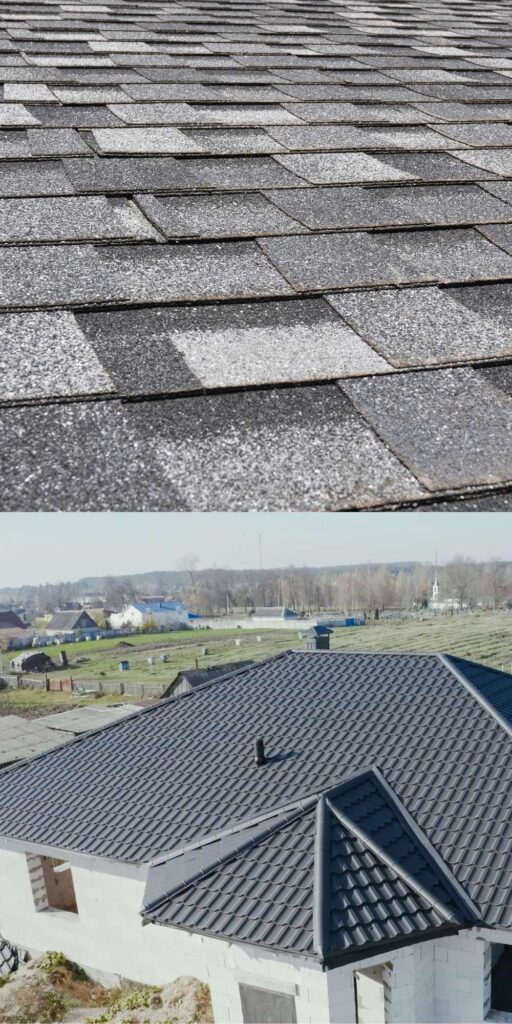
2. Type of Roofing Material
Asphalt Shingles
Asphalt shingles are among the most common roofing materials due to their cost-effectiveness and ease of repair. Minor damage to asphalt shingles can often be fixed relatively easily, repairing a viable option for extending the life of the roof without significant expenses.
Metal or Tile
Metal or tile requires specialized skills for proper roof installation and repair. If these types of roofs sustain damage, the repair process can be complex and costly, often making replacement a more practical choice, especially if the damage is extensive.
3. Extent of Damage
Localized damage to a roof, such as a few missing shingles or a small leak, can typically be repaired easily and at a lower cost. This approach is ideal for addressing specific areas without the need for a complete overhaul.
Widespread or structural damage to a roof often warrants a full replacement. This type of damage can compromise the roof’s ability to protect your home, making comprehensive replacement necessary to ensure safety and effectiveness.
4. Energy Efficiency and Insulation
Installing a new roof allows you to utilize modern, energy-efficient materials that can significantly reduce heating and cooling costs. If your current roof lacks adequate insulation or is not energy-efficient, replacing it with a new, more effective system can offer long-term savings and improved comfort.
5. Future Plans for the Home
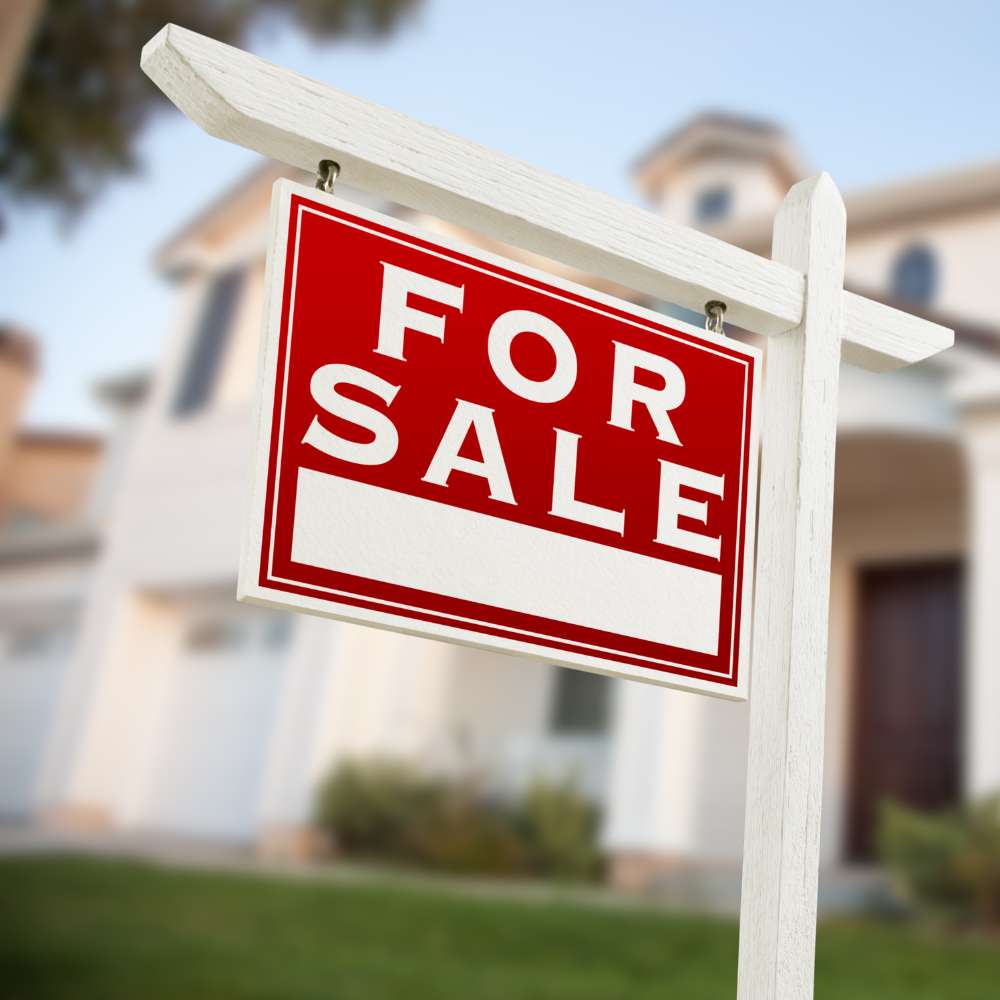
Selling Soon?
If you plan to sell your home soon, installing a new roof can greatly enhance its curb appeal and market value. A new roof reassures potential buyers of the home’s condition and can make your property more attractive on the market.
A new roof is a significant selling point, often returning a high percentage of the investment by boosting the overall value of your home. It improves the appearance and reduces the potential for buyer-negotiated repairs during the sale process.
Staying Long-Term?
For homeowners planning to stay on their property for many years, repairing a roof might be more economical in the short term. This approach can address immediate issues without the larger investment of a replacement.
However, if long-term savings and minimal regular maintenance are priorities, replacing an aging or problematic roof might be the better choice. A new roof ensures you won’t have to face frequent repairs in the coming years, offering peace of mind and stability.
Pros and Cons of Roof Repair
Roof repair can be an appealing option under the right circumstances, but weighing the benefits and drawbacks is important.
Pros of Repair
- Repairing a roof is usually more cost-effective than replacing it, offering a lower upfront cost.
- Roof repairs can typically be completed quickly, often in less than a day, which means less disruption for homeowners.
- Addressing specific issues through targeted repairs can extend the life of your roof without the need for a full replacement.
Cons of Repair
- Roof repairs are often only a temporary solution and might not prevent future problems.
- Repairs may not address the root cause of roofing problems, especially if the issues are widespread or related to structural defects.
- Matching new materials with existing roofing can be challenging, and repaired areas may look different from the rest of the roof.
Pros and Cons of Roof Replacement
It is important to consider the average cost to tear off and replace roof if you are considering roof replacement.
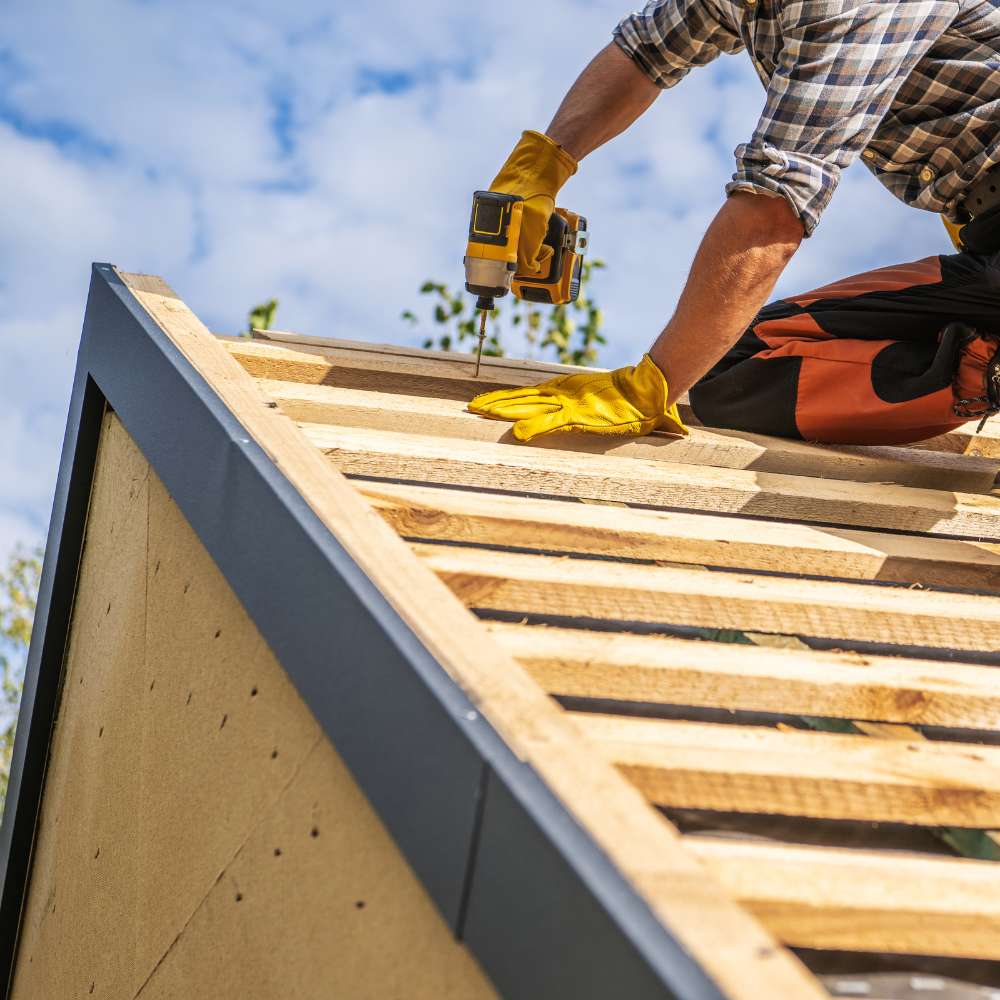
Pros of Replacement
- A new roof can last for decades, providing homeowners peace of mind and stability.
- Replacing a roof can dramatically improve a home’s curb appeal and potential resale value.
- Modern roofing materials are designed to improve energy efficiency, which can lead to significant savings on utility bills.
- Roof replacement allows for the correction of any underlying structural issues that simple repairs may not address.
Cons of Replacement
- The higher upfront cost of roof replacement can be a deterrent, especially if immediate funds are not available
- Replacing a roof can be disruptive, often taking several days to complete.
- The risk of installation errors exists, especially if the roofing contractor lacks experience or cuts corners.
Whether Roof Repair or Replacement, Adam Quenneville Has You Covered!
Choosing between roof repair and replacement is crucial for maintaining a long-lasting, efficient roof. Factors such as the age and condition of the roof, energy efficiency needs, and future plans for the property should be considered.
Regular inspections, maintenance, and timely repairs are essential to maximize your roofing investment and avoid more significant issues down the line. By addressing problems early and making informed decisions, you can ensure your roof remains in top condition.
For expert advice on whether to repair or replace your roof, contact Adam Quenneville Roofing & Siding. We offer comprehensive consultations to help you make the best choice for your home. Call us today or visit our website to schedule a consultation and explore your roofing options.


